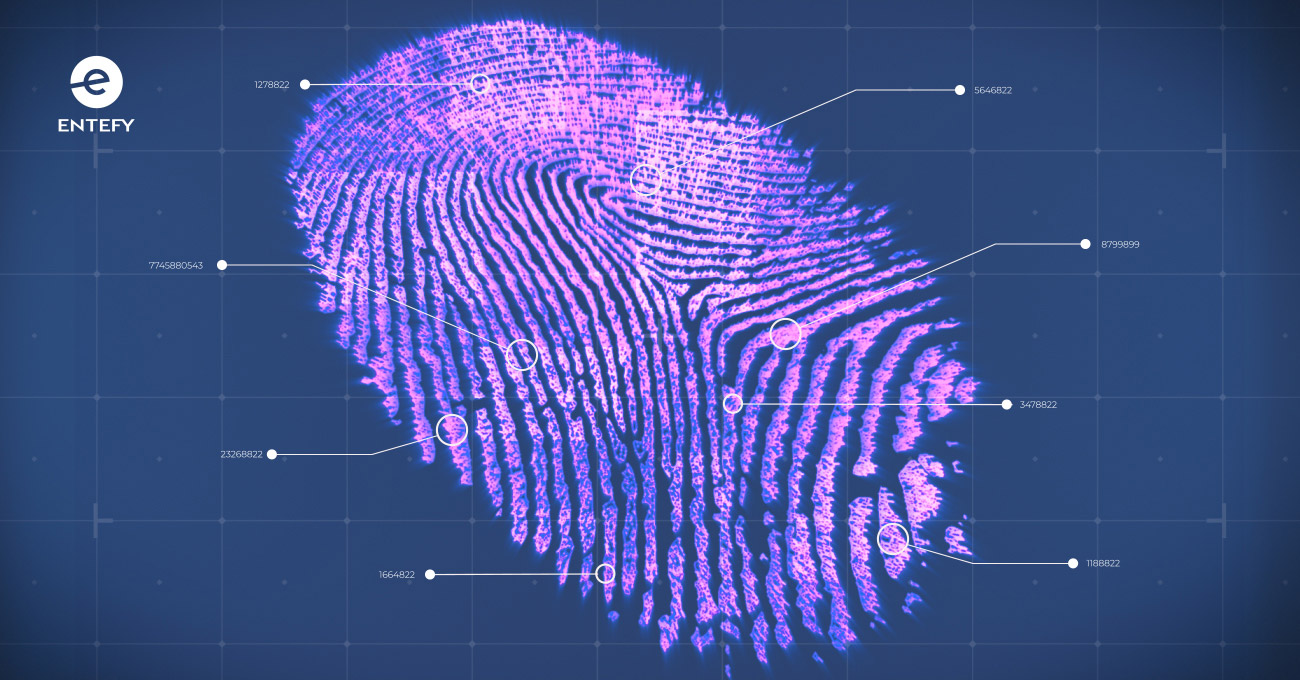In the early days of the Internet, being hacked wasn’t usually newsworthy. It was more of a nuisance or an inconvenient prank. Threats and malware were something that could be easily mitigated with basic tools or system upgrades. But as technology became smarter and more dependent on the Internet, it also became more vulnerable. Today, cloud and mobile technologies serve as a veritable buffet of access points for hackers to exploit, compared to the slimmer pickings of a decade or so ago. As a result, cyberattacks are now significantly more widespread, and can damage more than just a computer. Being hacked nowadays is much more than a mere annoyance. What started out historically as simple pranks now has the muscle to cripple hospitals, banks, power grids, and even governments. But where hacking has gotten more sophisticated, so has cybersecurity with the help of advanced machine learning.
Cybersecurity is the top concern of an economic, social, and political world that depends almost entirely on the Internet. But most systems aren’t yet capable of catching all the threats, which are growing more every day at an incredible rate—an average of 350,000 new varieties per day. Within the past two years, there have been a surge of significant cyberattacks, ranging from DDoS attacks to ransomware infections, targeting hospital patient databases, banking networks, and military communications. All manner of information is at risk in these sorts of attacks, including personal health and banking information, classified data, and government services. The city of Atlanta recently spent over $2.6 million recovering from a ransomware attack that crippled the city’s online services. A major search engine paid out $50 million in a settlement after a massive customer database breach. So it’s easy to glean that hacking has moved on from inconvenient to downright costly.
Security analysts and experts are responsible for hunting down and eliminating potential security threats. But this is tedious and often strenuous work. It involves massive sets of complex data, with plenty of opportunity for false flags and threats that can go undetected. And when breaches are found, the time it takes for a fix to be built and implemented varies, depending on industry, between 100-245 days. This is more than enough time for a hacker to cause serious and costly damage. The shortcomings of current cybersecurity, coupled with the dramatic rise in cyberattacks will mean that by 2021, 3.5 million cybersecurity jobs will be needed, and cyberattacks will cost an estimated $6 trillion per year. But because burnout is so common in the cybersecurity industry, it’s speculated that most of those jobs won’t be or remain filled.
The key to effective cybersecurity is to work smarter, not harder. Supplementing cybersecurity systems with AI can be an intelligent countermeasure to cyberattacks. AI as a security measure has already been implemented in some small ways in current technology. Its ability to scan and process biometrics in real time has already been implemented in mainstream smartphones. Large tech firms have already begun to use AI protection in their networks and cloud operations.
AI’s most significant capability is robust, lightning fast data analysis that can learn in much greater volume and in less time than human security analysts ever could. It can be trained by white hat hackers who develop malware for security firms to recognize malicious patterns and behaviors in software before conventional antivirus programs and firewalls can learn to identify them. Natural language processing can, by scanning news reports and articles for cyberattacks, prepare a system for incoming threats. Artificial intelligence can be at work around the clock without fatigue, analyzing trends and learning new patterns. Maybe most important, AI can actively spot errors in security systems and “self-heal” by patching them in real time, cutting back significantly on remediation time.
Cyberattacks may now be newsworthy for the damages they have caused but implementing AI into cybersecurity systems can greatly diminish the risk. Machine learning can speed up an otherwise time-consuming and costly process by identifying breaches in security before the damage becomes too widespread.
